Duveen Brothers
One of the most significant names in the creation of Gulbenkian’s collection, with links to several of the masterpieces he bought, is Duveen. Joseph Joel Duveen (1843-1908) left his native city of Meppel, in the Netherlands, to settle in Hull, in the United Kingdom. Along with his brother Henry, he set up a firm called Duveen Brothers, selling antiques and, later, artworks. The shop was very successful – the Prince and Princess of Wales are thought to have been clients – which allowed the brothers to expand their business to London, Paris and New York.
Joseph Joel Duveen supported various museums and galleries and financed an extension of the Tate Gallery (now Tate Britain) known as the Turner Wing, built specifically to exhibit the works of the English painter Joseph Mallord William Turner. In the early 20th century, his son Sir Joseph Duveen (1869-1936) joined Duveen Brothers, becoming one of the most influential art dealers of the 20th century and continuing the business after his father’s death.
Thanks to Sir Joseph Duveen, the firm prospered in the United States, mostly selling European art, and played a fundamental role in the creation of various famous collections, such as the Frick Collection. As well as Henry Clay Frick, his client list included names such as Andrew Mellon and John D. Rockefeller. When the renowned collector Rodolphe Kann died, Sir Joseph Duveen bought his collection, which included major Dutch paintings by artists such as Vermeer, Van Dyck and Rembrandt.
Duveen was so successful that there came a point when merely mentioning his name in relation to a work increased its value. The dealer is thought to have donated works to some British museums and funded the construction of a gallery in the British Museum to house the ‘Elgin Marbles,’ a collection of marble sculptures that came from the Parthenon in Athens.
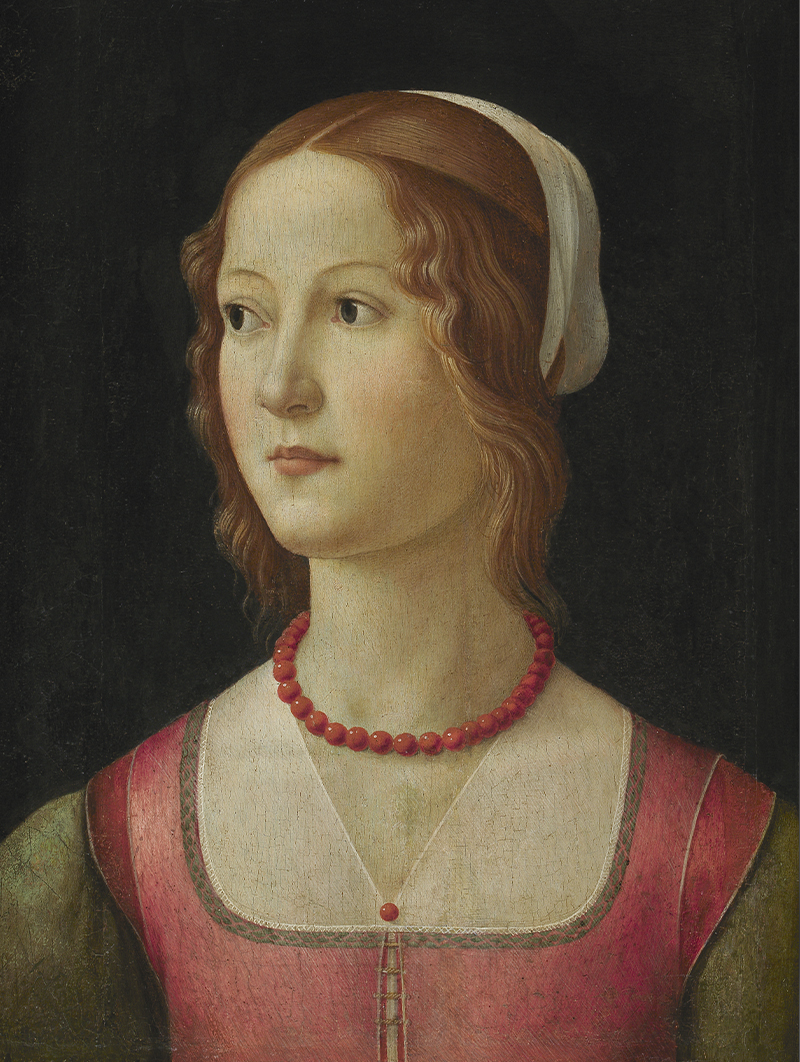
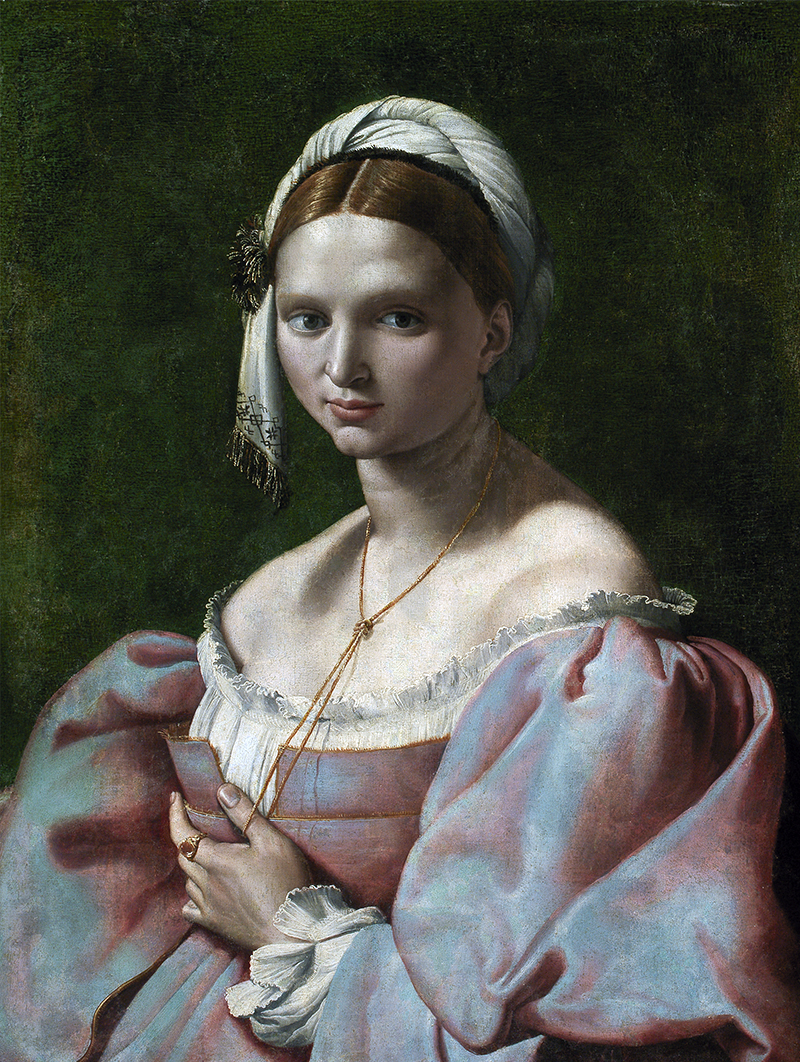
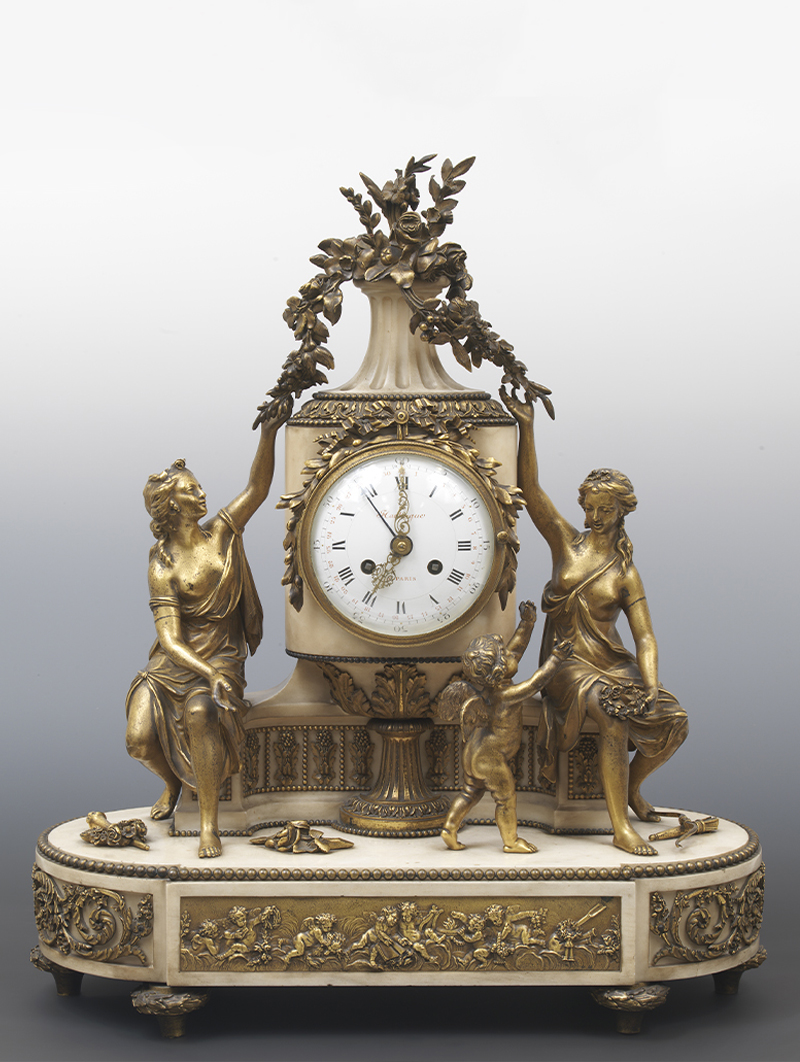
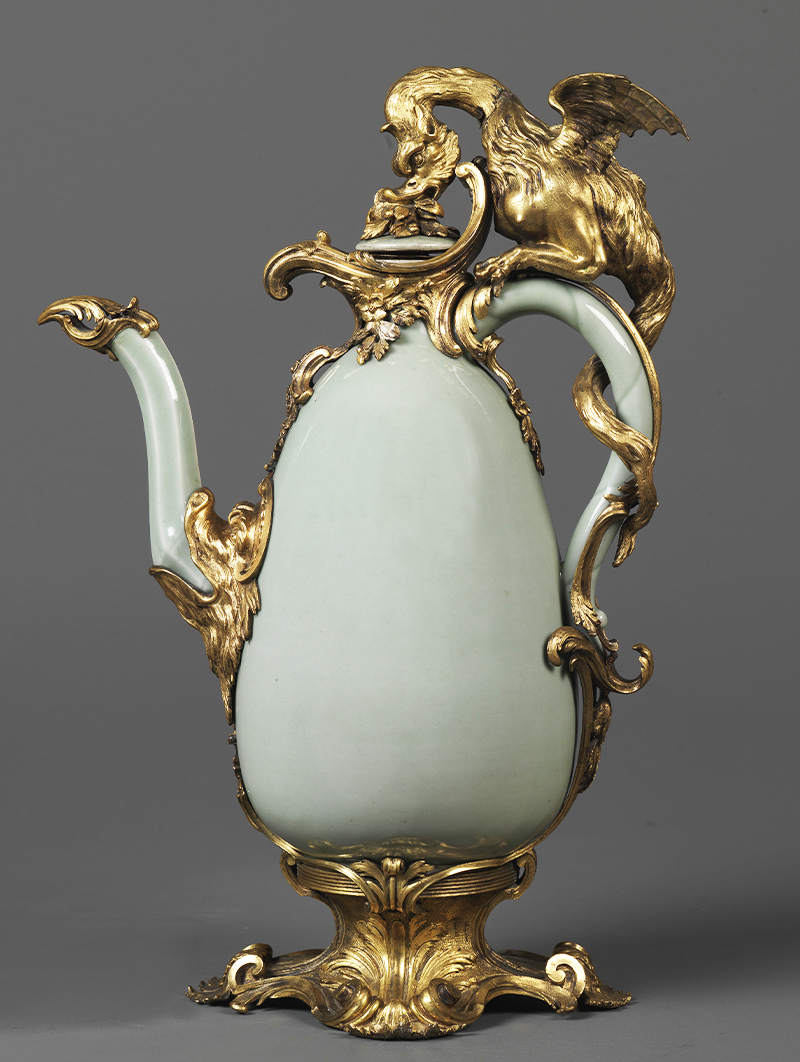
More than a hundred works in the Gulbenkian collection were bought through Sir Joseph Duveen: the dealer did not just sell pieces to Gulbenkian but also advised him on various areas of his collection, such as the Egyptian art section, which contributed to a close relationship developing between the two men – the collector referred to Sir Joseph informally as ‘Joe.’
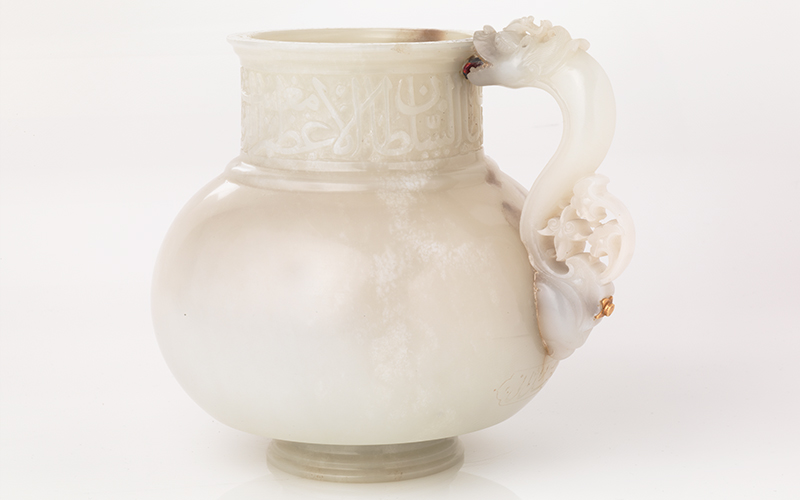
Among the works purchased through Duveen were objects of a variety of typologies, such as books, paintings, pieces of furniture, ceramics and sculptures, in particular the white jade jug, made for Ulugh Beg, which belonged to Shah Jahan.
Collection of Stories
Where have the artworks been, before being acquired by Calouste Gulbenkian? Who were their authors and their protagonists? What curiosities do they hide? In this series, discover the various stories behind the Museum's collection.

